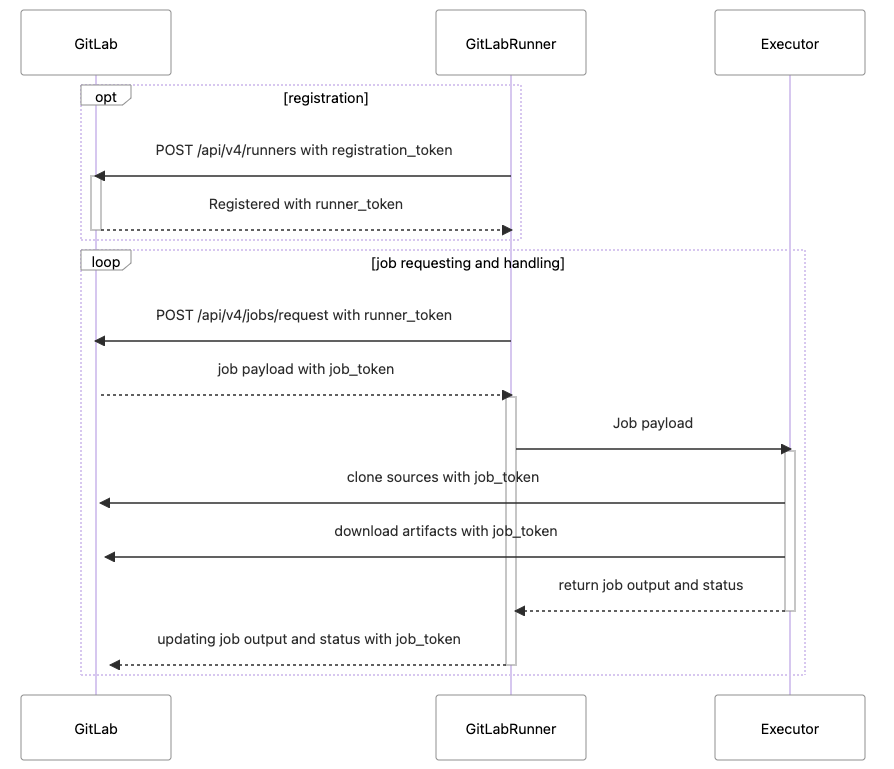Testing Lambda Runtime in AWS CloudShell with SAM and Docker Networks
Recently, we received AWS notifications that certain Node.js 18.x runtimes for our Lambda functions are approaching EOL and need to be upgraded. As part of our standard process, we first validate the new runtime locally before performing the actual update.
We’ve encountered issues where macOS on Apple Silicon (M1/M2) cannot reliably run Node.js 20.x. To work around this, we perform our runtime tests directly in AWS CloudShell. Since CloudShell does not support host.docker.internal for Docker networking, we’ve documented a workaround here.
Continue Reading
